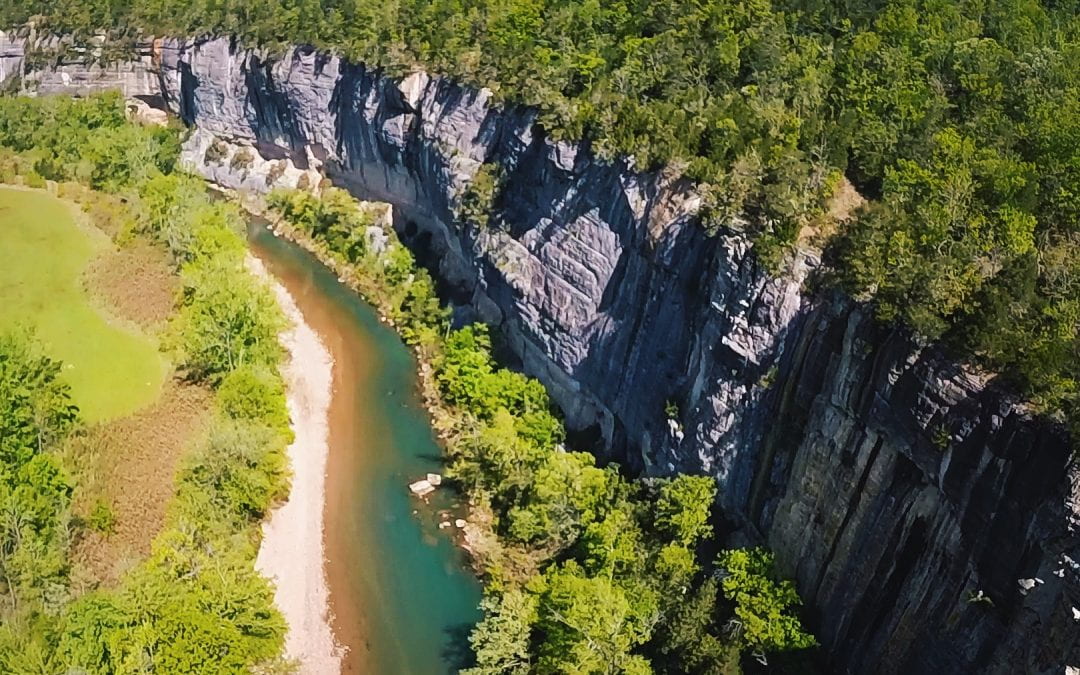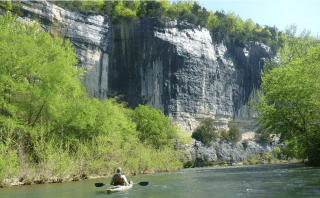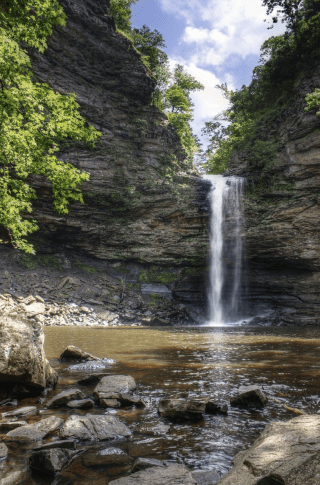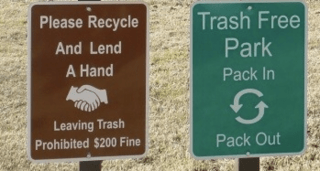Summer break is here for UoA students, and it is the perfect time of year to get out and see the things that give Arkansas the title of “The Natural State.” Personally, I love nature. The scenery is more attractive with flowers and trees and plants galore. Nature is comforting. It brings back childhood memories and is always quieter than the hustle and bustle of my day-to-day. In most places in Arkansas, natural areas are never too far away. Twenty minutes in any direction will likely put you in a place devoted to keeping things in their original state, like Woolsey Wet Prairie, Mount Kessler, Wedington Wildlife Management Area, Lake Sequoyah, Lake Fayetteville, Lake Wilson …the list goes on.
Heading into nature really defines for me what it means to “get away,” and visiting natural areas is one of the most mentally restorative things I do. In fact, research tells us that enriching your life by interacting with nature can improve your overall well-being. If you don’t go into nature often, now is the perfect time to start!
Like so many things in this world, natural areas are constantly threatened. Whether it be forest clear-cutting or the changing global climate, natural areas as we know them are not guaranteed. It takes a combined effort from multiple levels of organization to protect land. As you venture out this summer, do your part in keeping natural areas natural and pristine so we can continue to reap the benefits for generations to come. Here are some things I do:
Pay the Fees
It’s tempting to avoid honor-system entry fees in natural areas, like national forests. The budget for these places is often very low, and they rely on visitor fees to maintain the areas under their control. If you skip paying, don’t complain when there is no toilet paper or running water in their facilities. Well-maintained places have a monetary backing that support efforts to keep everything stocked and clean. Plus, most of the pay sites in Arkansas are 100% worth it and cheaper than a night on Dickson (with no morning hangovers!)
Mind Your Step
Going off-path can be invigorating. However, this often means treading through sensitive areas that may not recover from contact. Plus, without the know-how or an expert guide, you probably won’t find the thing you were looking for to begin with. In general, avoid off-trail hiking, but if you must, always ask if and/or where off-trail hiking is permitted by calling ahead.
Take Care of Your Rubbish
I hate seeing trash on the ground, especially miles away from any human habitation. The key to leaving no trace is remembering to bring something to put it in. Just try to keep a small trash bag on your list of supplies to bring to every nature outing. Lots of places have trash cans and recycling bins at trail heads, but these can be sparse in the wild areas. If you’re floating a river, don’t sink your empties and keep cans in floating koozies (it’s the law!) Out of sight does not mean it isn’t damaging. More important than aesthetics, litter severely impacts wildlife–we have nearly lost the Ozark Hellbender (one of the largest salamanders in the world) from river pollution.
Pick Up One Piece of Trash
Pick up at least one piece of trash if you see it. Why not? It doesn’t hold you back from enjoying your time, and it a small sense of accomplishment. Plus, you’ll already have a trash bag handy because of responsible packing practices. Leave nature better than you found it!
Individual stewardship practices like these can go a long way in helping keep public lands around. Simply going out is beneficial as well–greater attendance and interest from the public means the government is more likely to fund wildlife conservation and protection programs. Get out there, and let’s all work together to keep The Natural State natural!
By Stephen Robertson, Biodiversity Coordinator.



